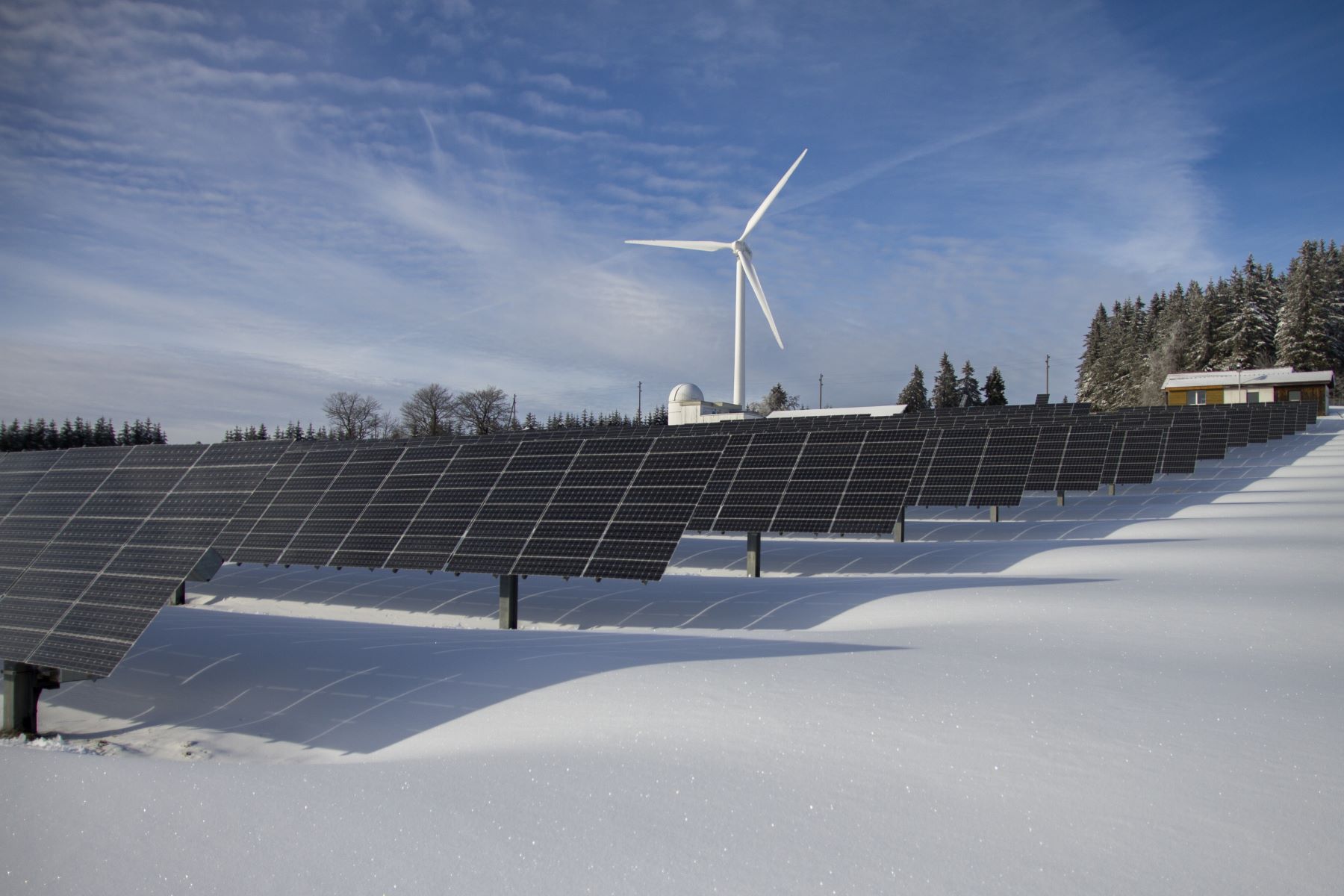
California Green Building Code (CALGreen) – Steel framing
CALGreen – To limit thermal bridging between materials that come into contact with steel framing and to reduce the quantity of steel that must be utilized in a steel framing system.

CALGreen – To limit thermal bridging between materials that come into contact with steel framing and to reduce the quantity of steel that must be utilized in a steel framing system.

CALGreen – To maximize open space inside a development and to promote the use of plants whenever it is possible. The inclusion of these clauses can enhance groundwater recharge, preserve open space and wildlife habitats, and increase the carbon sink effect, which lowers greenhouse gas emissions.

CALGreen – To provide vehicle parking that satisfies local zoning requirements while minimizing the on-site space required to accommodate the required number of parking spaces. In addition, it discourages the design of parking lots larger than necessary.

CALGreen – To promote the installation and use of on-site renewable energy production that partially balances the energy consumption of a building.

CALGreen – By minimizing peak rain-water runoff, utilizing regional water quality control board mitigation measures locally, and/or utilizing other mitigation methods described above, these laws aim to promote low-impact development. Site that has grayfield or infill. In places with impermeable surfaces, rainfall needs to be managed at a slower rate than in undeveloped areas.

CALGreen – These actions are intended to cut back on indoor potable water consumption beyond the required flow rates and compliance. The state’s unstable water supply and the likelihood of future population increase and droughts, California may soon run out of water. The provisions take into account how much energy is needed to purify drinking water.

CALGreen – To limit the development of nonroof and roof heat islands in new construction, therefore lowering the energy need for building cooling and regulating ambient temperature. Additionally, Tier 1 and Tier 2 measures for adoption by cities and counties seeking to go above and beyond the minimal statutory criteria for their communities include provisions for cool roof installations.

CALGreen – To promote electricity purchases from utilities with a renewable energy portfolio, therefore lowering reliance on carbon-based fuel for energy production and related greenhouse gas emissions. There may be rules that utilities must go by for their customer portfolios or pricing policies to safeguard consumers, but there are no building energy standards.

CALGreen – These steps are being taken to lessen the amount of heat gain caused by sun exposure. A structure’s outside surfaces are exposed to more sunlight at specific periods of the year. By screening the windows from the outside, the reduction in heat gain via windows may be greatly decreased. Additionally, boosting the reflectivity of opaque walls is meant to lessen the area’s heat island impact.

CALGreen – To lower the amount of potable water used inside by allowing nonwater-supplied urinals as a fixture. To reduce water use and the corresponding energy consumption, a variety of technologies and strategies can be used. These include water-saving plumbing devices like waterless urinals, ultra-low-flow toilets, sinks with flow restrictions, and showerheads, as well as dishwashers and washing machines.